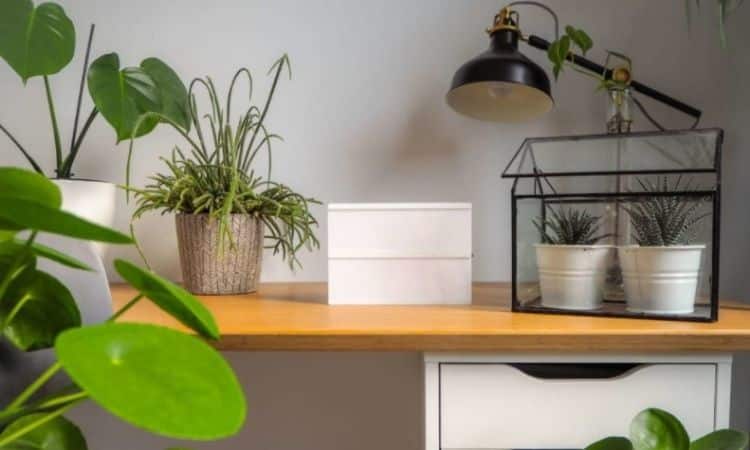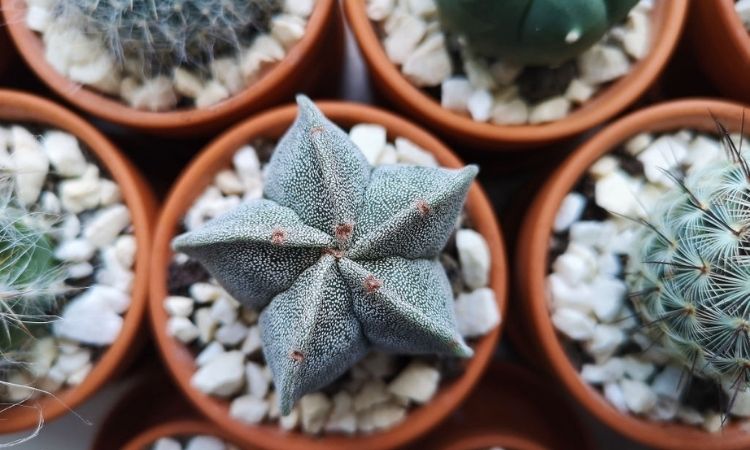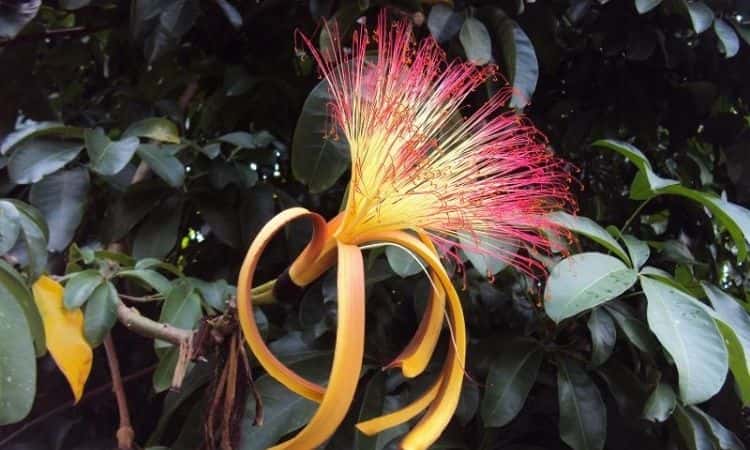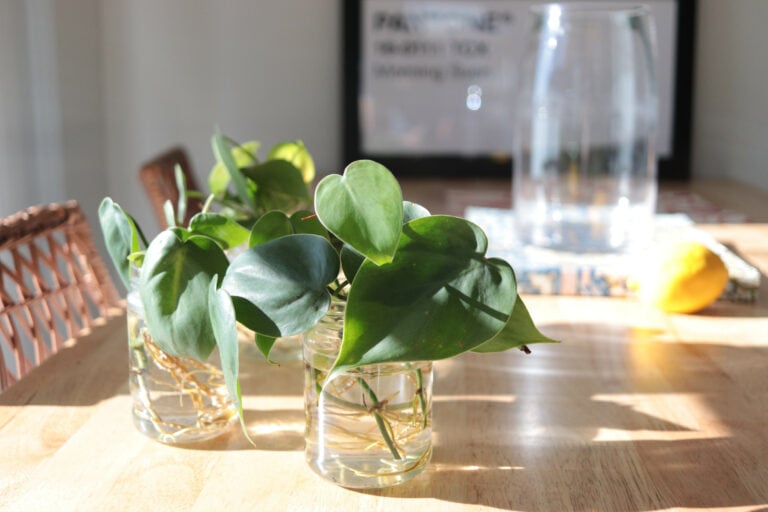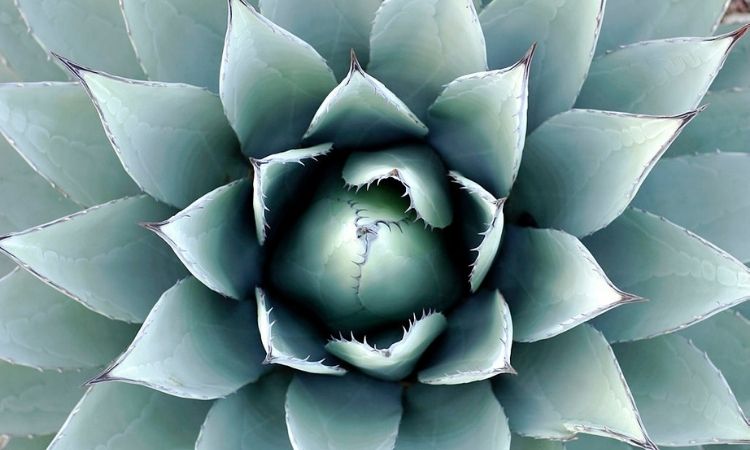How To Prolong Ornamental Pepper Fruit Bearing On Window Sill
To extend the period when bright pods decorate the bushes of ornamental pepper, I want to endlessly. And the fruits can be present in the plant for six months or more. In this case, if the beginning of fructification can not be accelerated without the system board, then delay the completion of fructification can be very long.
Bright colors of ornamental peppers – a charming addition to the autumn interior. In winter, the room pepper, in general, looks like a firework of colors. The main condition to preserve the fruit for many months is coolness. But plants are not the only ones who will need it.
What kind of ornamental pepper is grown in the rooms?
Table of Contents
Most often the peppers that get into rooms are plants of miniature and compact size. They are 15-80 cm tall, with beautiful, densely branched crowns and shiny dark oval-shaped leaves, which create a perfect background for placer fruits.
Ornamental peppers are on sale almost all year round, but the special variety of varieties can boast with approaching autumn: for winter interior you can buy peppers with rounded, elongated, funny twisted, unusual, variously colored fruits.
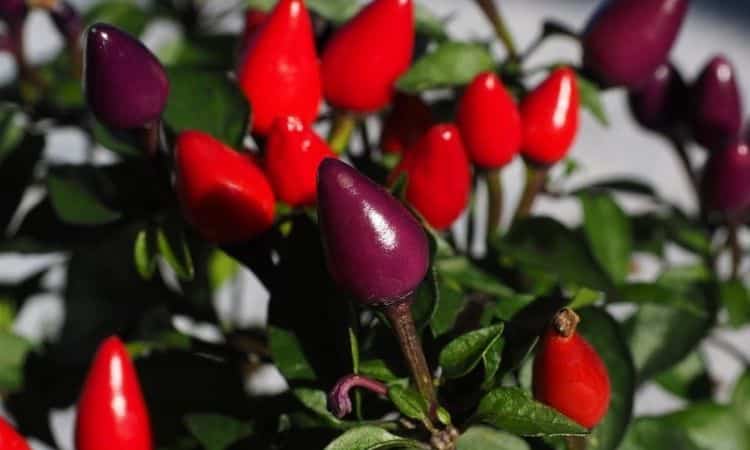
Room-format decorative pepper combines all sorts of pottery varieties with miniature ornamental fruits. In the rows of room pepper (Capsicum annuum) can be found and edible spicy “lights”, and sweet peppers, and purely decorative hybrids of paprika, the consumption of colorful fruit which is undesirable. It is better to specify information about edible food before buying. But no matter which member of the Solanaceae family is on your window sill, it requires a special approach and attention.
How much can room pepper bear fruit?
Once the ornamental peppers have dried up and fallen off, the shrubs are usually just thrown away. But you can stretch their life in the interior for as long as possible – with constant attention and care. Before flowering and fruit-bearing peppers are predictable, they vegetate for 90-120 days before the “show” of flowering.
If you do not choose the right conditions and care for the bushes carelessly, the peppers can dry up in a few weeks. And with good care, their fruits will last for many months – almost until spring. The traditional “pepper” season lasts from September to January.
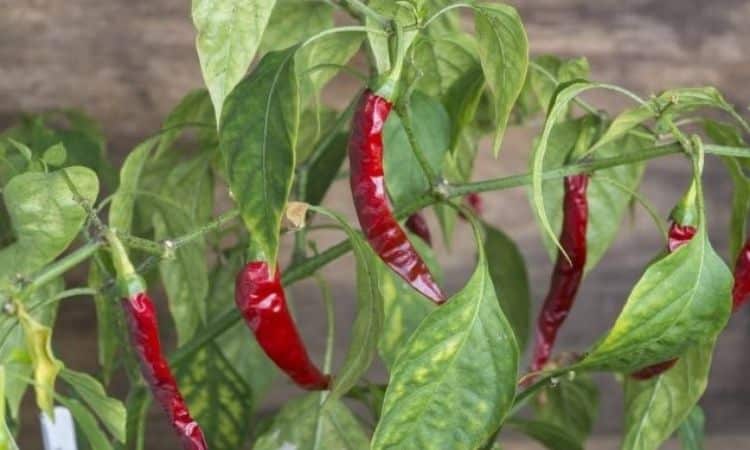
9 main factors affect the duration of fruit-bearing of peppers:
- lighting;
- temperature regime;
- stable conditions;
- room airing;
- substrate humidity;
- air humidity;
- supplements;
- timely “harvest”;
- plant purity.
Let’s try to understand how to create optimal conditions for fruit-bearing ornamental peppers and what ideal to strive for in care.
Ornamental Pepper Care
Peppers during the fruiting process look so elegant that you want to admire their colorful crown endlessly. But there is no need to be deceived: although the bushes ask for tables, dressers, and coffee tables, the most suitable place for them in the house is a window sill or a place near the southern, southwestern, or south-eastern window (bright enough).
In autumn and winter is cloudy weather, you can’t do without light or moving to the southern window sill. After all, the lack of light leads to the accelerated dropping of fruits.
Ornamental peppers in many ways similar to other fruit-bearing indoor plants grown as annual plants – the lower the temperature, the better they are protected from heat, the longer they will retain the fruit. “You shouldn’t confuse them with roses, but the optimal temperature for maximum fruit-bearing is 15 to 20 degrees. The heat will shorten the period of preservation of pods, even with the measures taken.
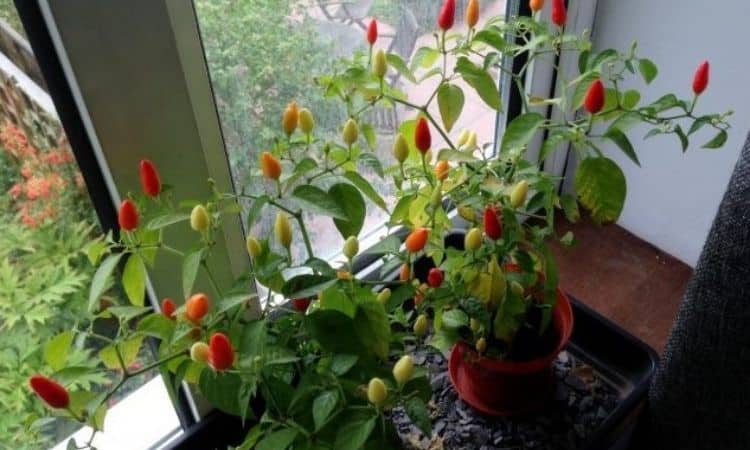
But do not like the bright fruits of fluctuations in performance and the influence of batteries and air conditioners. One exception to this rule is sweet peppers, which are also sometimes equated with ordinary inedible ornamental peppers by their role in the interior. They are much more thermophilic, do not tolerate temperature drops to 16 degrees, and prefer to keep in a stable warmth, during the day – at temperatures above 24 degrees.
The difference in day and night temperatures will not hurt any pepper. And if the difference is from 4 degrees, the pods will last a few weeks longer.
For peppers, it is important to ensure a free flow of air and its normal circulation around the bushes. They should not be placed close to walls or other plants. Daily ventilation of the rooms, if possible in summer – constantly open window or take out into the fresh air increases the number of fruits and allows them to save longer. If the bushes were formed in the fresh air, they will be stronger, more stable, and pleasantly surprised by a more abundant flowering.
Moisture and foliar feeding at the stage of fruiting
Stability for peppers must be maintained in everything. And watering is the first of the factors that will help both to stretch as much as possible and reduce fructification. Spills and complete drying of the substrate – two extremes that lead to the rapid drying of colorful pods. But to keep the fruit for as long as possible allows constant, light moisture, with drying the top layer of the substrate and without water in pallets (which should be drained immediately).
If there are doubts about the air permeability of the soil, you can periodically gently loosen the soil to prevent its compaction, both for sweet and spicy varieties of ornamental pepper. Or you can use it and mulch.
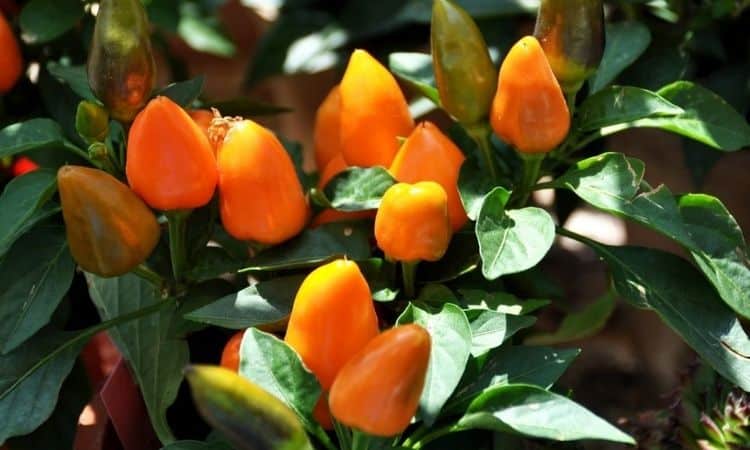 The maximum long preservation of fruit on the bushes provides a stable “average” air humidity – from 50 to 75%. Too dry air, as well as high humidity, is equally dangerous for ornamental peppers. Usually, comfortable conditions are easy to maintain with careful daily spraying (the sprayer should not leave any droplets, but create a cloud or fog). Soaking flowers and buds pepper can not bear, fruit – only in the cool.
The maximum long preservation of fruit on the bushes provides a stable “average” air humidity – from 50 to 75%. Too dry air, as well as high humidity, is equally dangerous for ornamental peppers. Usually, comfortable conditions are easy to maintain with careful daily spraying (the sprayer should not leave any droplets, but create a cloud or fog). Soaking flowers and buds pepper can not bear, fruit – only in the cool.
Oversupply of pepper fertilizer on a window sill is even more dangerous than lack of it. Since ornamental peppers are discarded after fruiting, they can be left without any fertilizer. But usually from the beginning of the active crown build-up to the middle of the fruit-bearing period, the fertilization is carried out for more abundant flowering and fruiting.
Edible and sweet peppers are often fed, once a week with a reduced dose or once in 3-4 weeks with a full dose of fertilizer. Once the new flowers are no longer formed, the fertilizer should be reduced and can be completely stopped.
For ornamental peppers is better to use special fertilizers for fruit-bearing plants. But if you grow edible peppers, including spicy peppers, it is worth paying more attention to their composition and give preference to the organic or biofertilizer.
Do not forget that only healthy plants can bloom, bear fruit, and delight for a long time. It is necessary to monitor the condition of leaves and shoots not only to notice the first signs of diseases or pests (they are quite rare on peppers). The main goal is to notice the first signals of the need to adjust the conditions and prevent the fruit from fully maturing on the still flowering plant. This is one of the most inconspicuous reasons for the fruit to “dry up” quickly.
For sweet peppers, “harvest” should be in the form of immature pods, preventing them from becoming fully colored, and for spicy and decorative peppers – do not let the peppers begin to shrink as long as the peppers bloom and new ovaries are formed on them.
